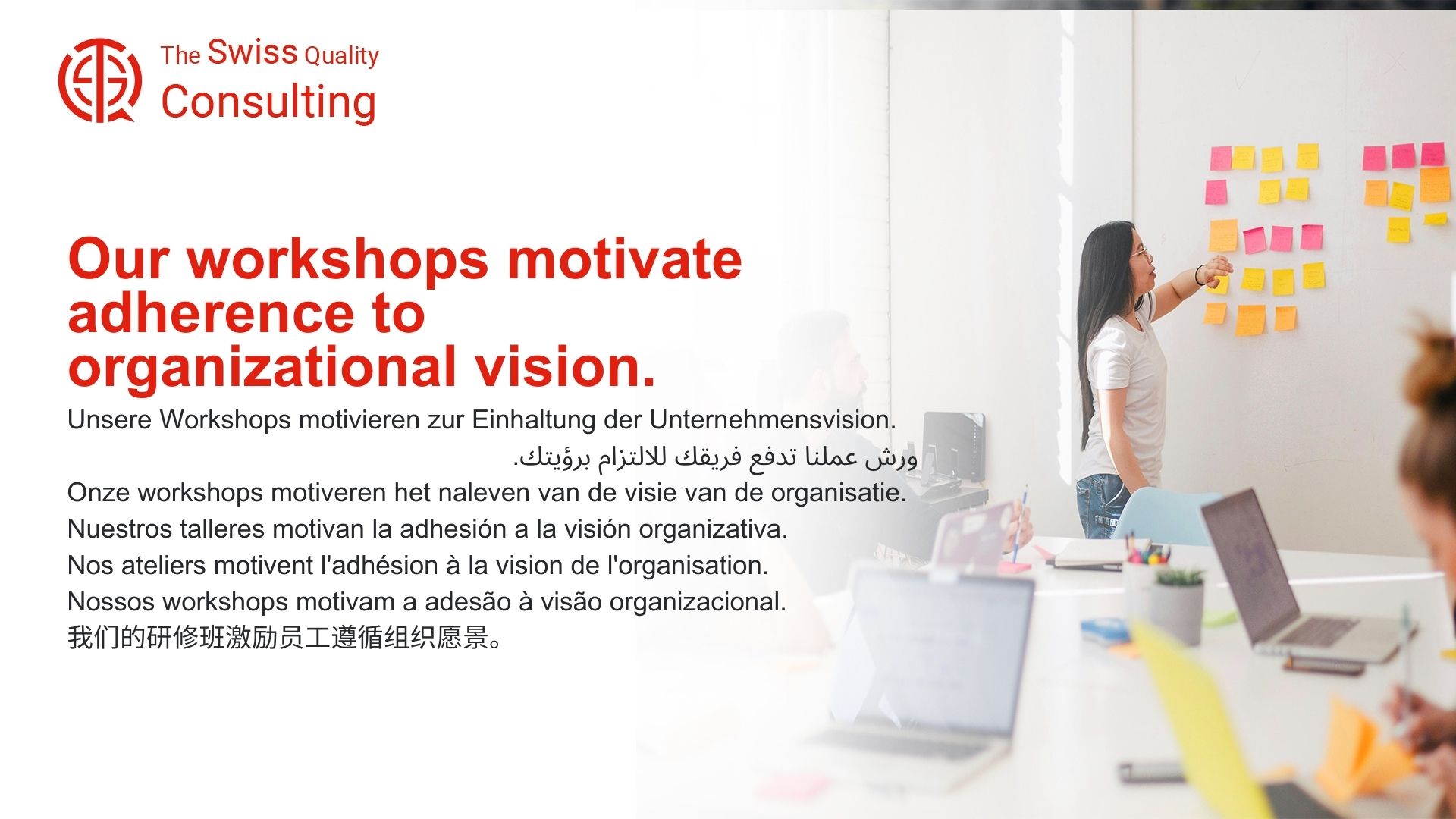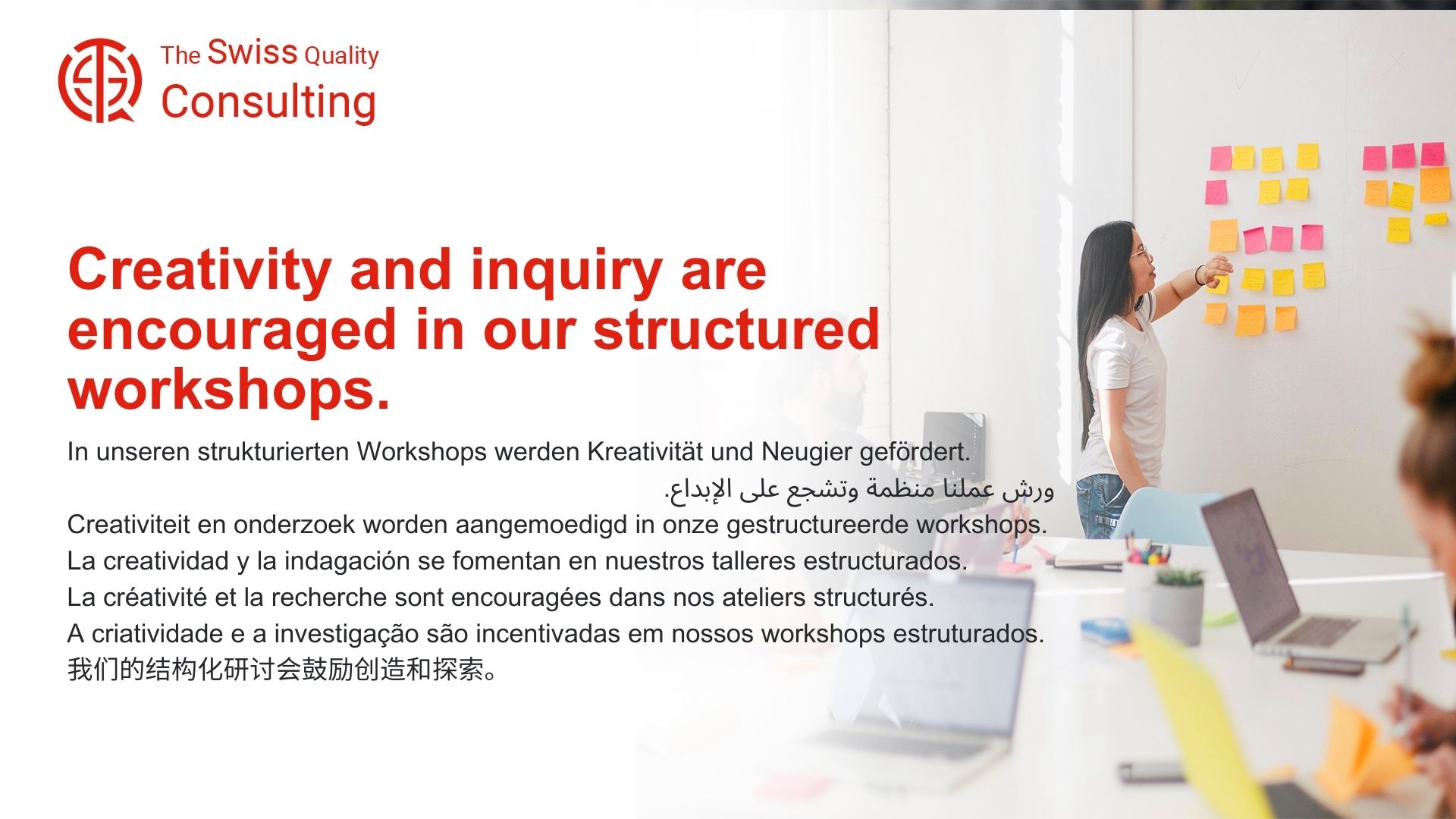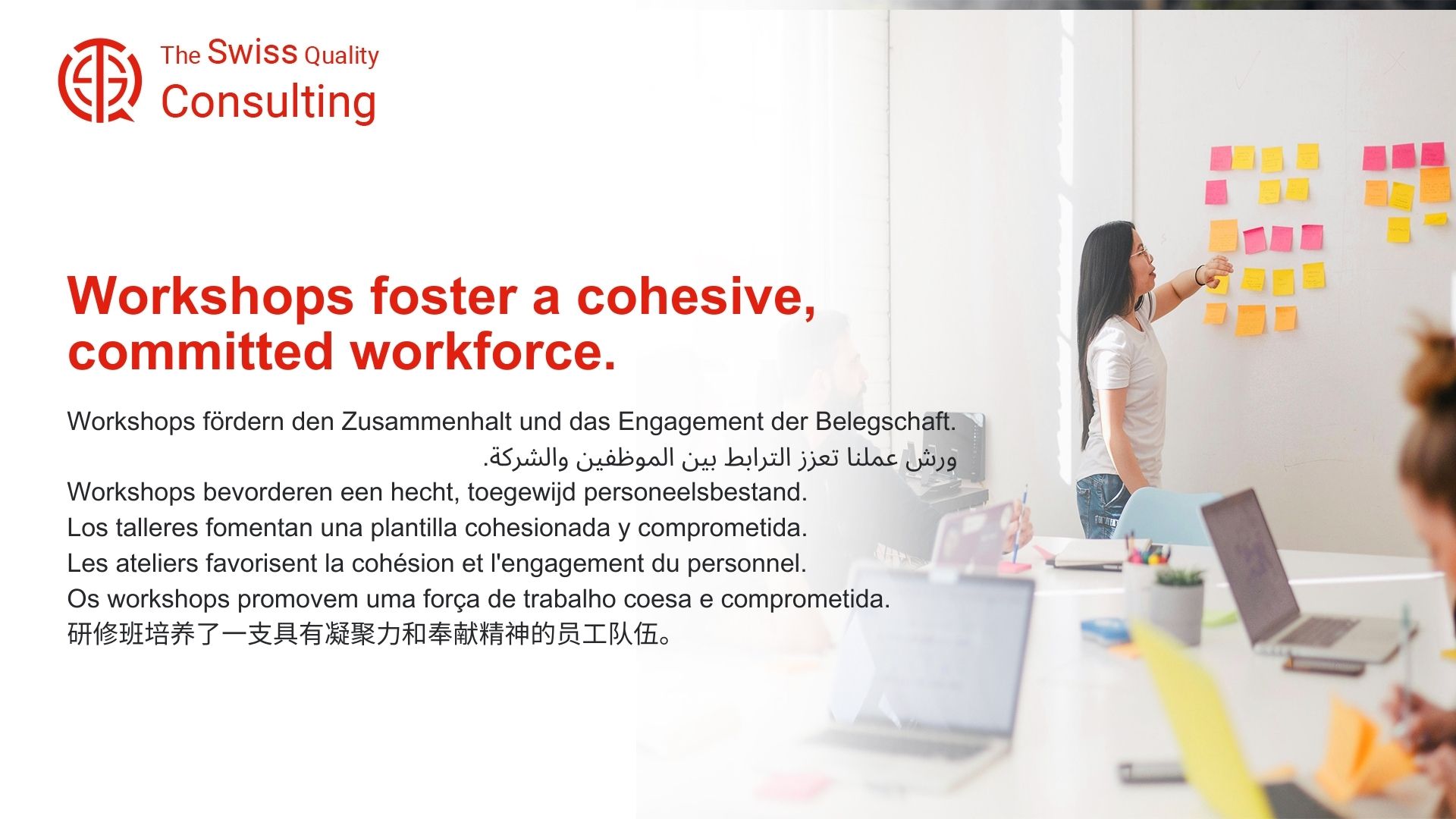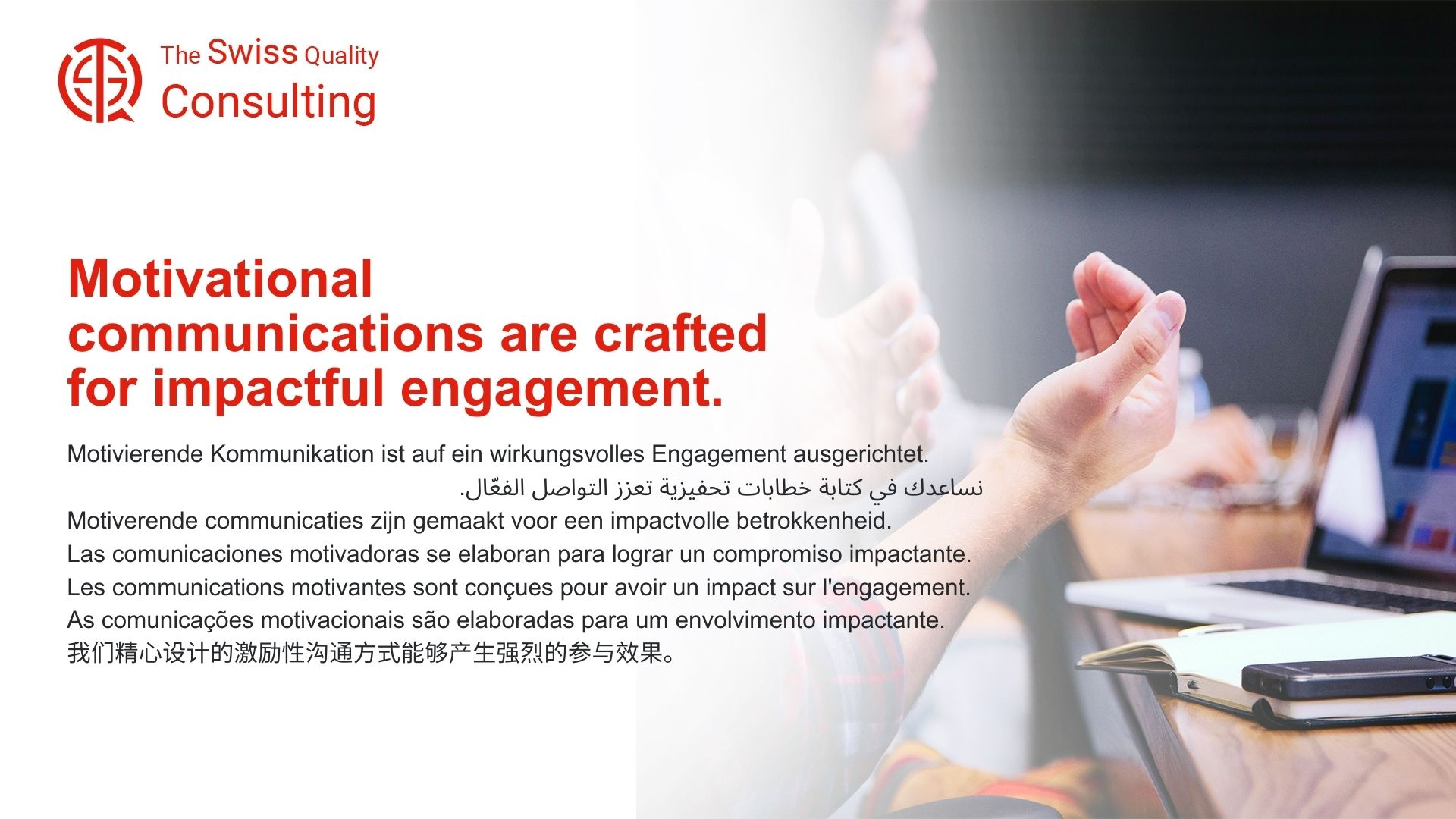Revolutionize Your Manufacturing Process for Unparalleled Success
In the ever-evolving landscape of manufacturing, agility is the name of the game. The quote “Accelerate manufacturing agility with mixed-mode production strategies” encapsulates a pivotal aspect of this journey. This comprehensive article is dedicated to exploring the significance of mixed-mode production strategies and how they empower business executives, mid-level managers, and entrepreneurs to revolutionize their manufacturing processes. We will delve deep into topics of change management, executive coaching services, effective communication, Generative Artificial Intelligence (GAI), and leadership and management skills. With real-world case studies and actionable insights, this guide will equip you with the knowledge needed to achieve manufacturing excellence.
The Imperative of Manufacturing Agility
In the contemporary manufacturing landscape, businesses face a multitude of challenges, from volatile market demands to rapid technological advancements. The ability to adapt quickly to these changes and maintain operational excellence is what sets industry leaders apart. Manufacturing agility is the key to staying competitive and responsive in this dynamic environment.
Mixed-Mode Production Strategies: A Paradigm Shift
Mixed-mode production strategies represent a paradigm shift in manufacturing. Unlike traditional single-mode production, which focuses on producing one product at a time in large quantities, mixed-mode production combines multiple products or variants within the same production line. This approach offers several advantages:
– **Flexibility**: Mixed-mode production allows manufacturers to respond swiftly to changes in customer demand. It enables quick shifts in production to accommodate variations in product types and quantities.
– **Efficiency**: By optimizing resources and reducing changeover times, mixed-mode production can significantly improve production efficiency and reduce operational costs.
– **Customer-Centric**: Manufacturers can better align production with customer needs, offering customized or variant products with shorter lead times.
– **Reduced Inventory**: With the ability to produce smaller batches as needed, manufacturers can maintain lower inventory levels, reducing holding costs and waste.
Change Management: The Catalyst for Transformation
Transitioning to mixed-mode production requires a robust change management strategy. Business executives and managers must recognize that this shift is not just about altering production processes; it represents a cultural transformation within the organization.
Effective change management involves:
– **Assessment and Planning**: Conduct a comprehensive assessment of current production processes and identify areas where mixed-mode production can be implemented. Develop a clear transition plan that outlines goals, timelines, and key stakeholders.
– **Stakeholder Engagement**: Engage all relevant stakeholders, including production teams, management, and suppliers, in the transition process. Their insights and support are crucial for a successful transformation.
– **Communication and Training**: Transparent and effective communication is paramount. Keep all stakeholders informed about the transition’s progress, benefits, and potential challenges. Provide training to ensure that teams can adapt to mixed-mode production effectively.
Executive Coaching Services: Nurturing Leadership for Transformation
Effective leadership is paramount in driving a successful transition to mixed-mode production. Executive coaching services play a pivotal role in equipping business leaders with the skills and mindset needed to guide their teams through transformative processes. These services promote a deeper understanding of change management principles, enhance decision-making capabilities, and refine communication skills.
Executive coaching involves:
– **Leadership Development**: Coaches work closely with leaders to identify their strengths and areas for improvement, helping them become more effective in driving the transition to mixed-mode production.
– **Strategic Decision-Making**: Effective leaders must make informed and strategic decisions. Coaches provide strategies for enhancing decision-making acumen, especially in the context of transformation.
– **Communication Skills**: Clear and effective communication is vital during the transition. Coaches help leaders develop advanced communication skills to convey the vision and goals of mixed-mode production.
Effective Communication: The Cornerstone of Transformation
Effective communication is fundamental to the successful implementation of mixed-mode production strategies. Clear and transparent communication ensures that all stakeholders understand the objectives and benefits of the transition. Advanced communication tools and strategies, coupled with Generative Artificial Intelligence (GAI) analysis, facilitate seamless information sharing.
Effective communication involves:
– **Transparency**: Businesses must be transparent about the transition process, sharing information with teams and stakeholders to build trust and alignment.
– **Data Accessibility**: Ensure that production data and insights are easily accessible to relevant parties, allowing for informed decision-making and continuous improvement.
– **Feedback Mechanisms**: Establish feedback mechanisms to gather insights from employees and stakeholders. This fosters a culture of continuous improvement throughout the transition.
Harnessing the Power of Technology and Innovation
Technology plays a pivotal role in implementing mixed-mode production strategies successfully. Integrated software solutions and advanced analytics tools provide the means to plan, monitor, and optimize mixed-mode production. Generative Artificial Intelligence (GAI) can analyze production data to provide valuable insights that empower decision-makers.
Technology and innovation involve:
– **Production Planning Software**: Implement software solutions that enable efficient production planning, scheduling, and resource allocation for mixed-mode production.
– **Real-Time Monitoring**: Utilize technology to monitor production processes in real-time, enabling quick adjustments and identifying opportunities for improvement.
– **Generative Artificial Intelligence (GAI)**: GAI can analyze vast datasets to identify trends, anomalies, and optimization opportunities in mixed-mode production, facilitating data-driven decisions.
Case Studies: Real-World Success Stories
To illustrate the impact of mixed-mode production strategies, let’s explore a few real-world case studies:
– **Case Study 1: Automotive Manufacturer**: A leading automotive manufacturer implemented mixed-mode production to produce various car models on the same assembly line. This allowed them to reduce lead times, offer more customization options to customers, and improve production efficiency by 20%.
– **Case Study 2: Electronics Manufacturer**: An electronics manufacturer adopted mixed-mode production to produce different electronic devices on a single production line. This strategy reduced setup times
by 30%, minimized waste, and enabled faster responses to changing market demands.
– **Case Study 3: Consumer Goods Manufacturer**: A consumer goods manufacturer embraced mixed-mode production to produce multiple product variants on a shared production line. This flexibility led to a 15% increase in production output and improved customer satisfaction due to quicker deliveries.
Empowering Manufacturing Excellence
The quote “Accelerate manufacturing agility with mixed-mode production strategies” resonates as a beacon of transformation in modern manufacturing. By embracing change management, leveraging executive coaching services, practicing effective communication, and harnessing the power of technology and innovation, businesses can revolutionize their manufacturing processes.
Mixed-mode production strategies offer a path to enhanced agility, efficiency, and competitiveness. In a dynamic market where responsiveness is paramount, adopting these strategies becomes a strategic imperative for manufacturing excellence.
#MixedModeProduction #ManufacturingAgility #ChangeManagement #ExecutiveCoaching #EffectiveCommunication #TechnologyIntegration






















